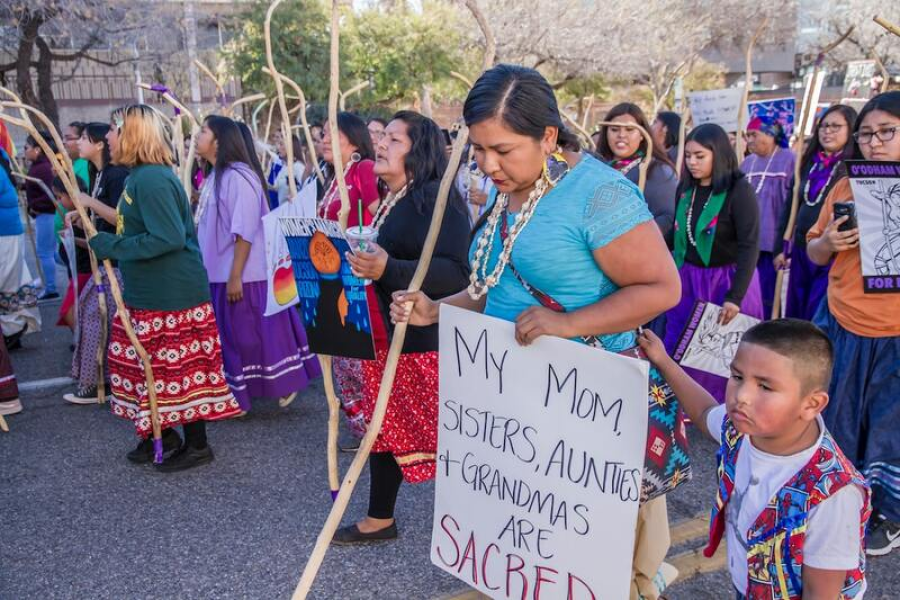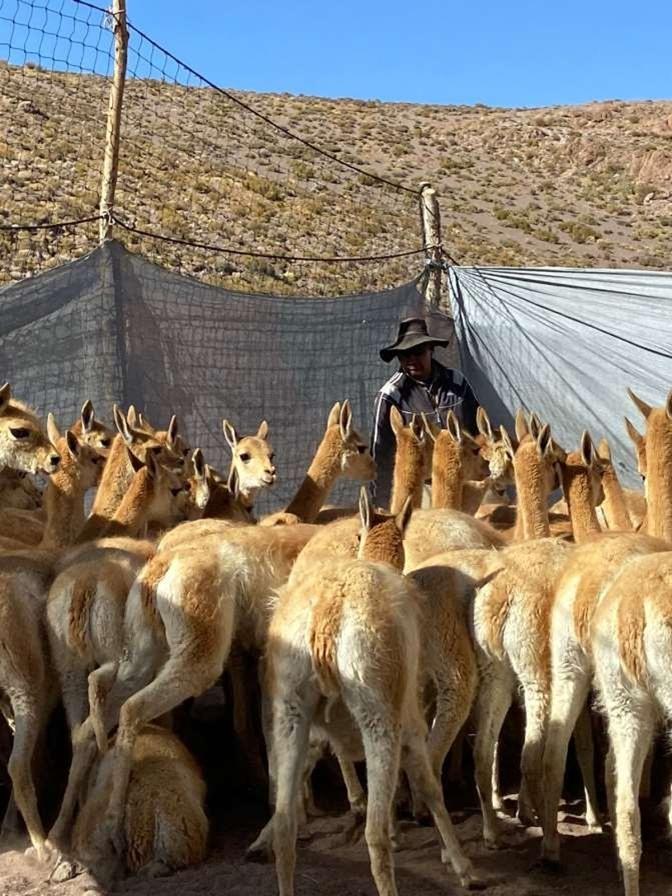
By Verónica Aguilar (Mixtec, CS Staff)
On May 22, the International Day for Biological Diversity, Cultural Survival presents the practice of chaku, or vicuña wool harvesting, in the La Angostura area of Catamarca Province in Argentina. Chaku is an economic and cultural activity that promotes the conservation of nature on Indigenous lands.
First, with strength and skill, the youngest men herd vicuñas, taking advantage of their time when they come to hydrate at watering places. Little by little, the men gather a large herd, which the women and children corral with the help of nets, poles, and a chimpeada rope (a rope with ribbons tied every meter). In these mobile paddocks, the vicuñas are kept for two days before work begins, so they do not suffer stress on shearing day.
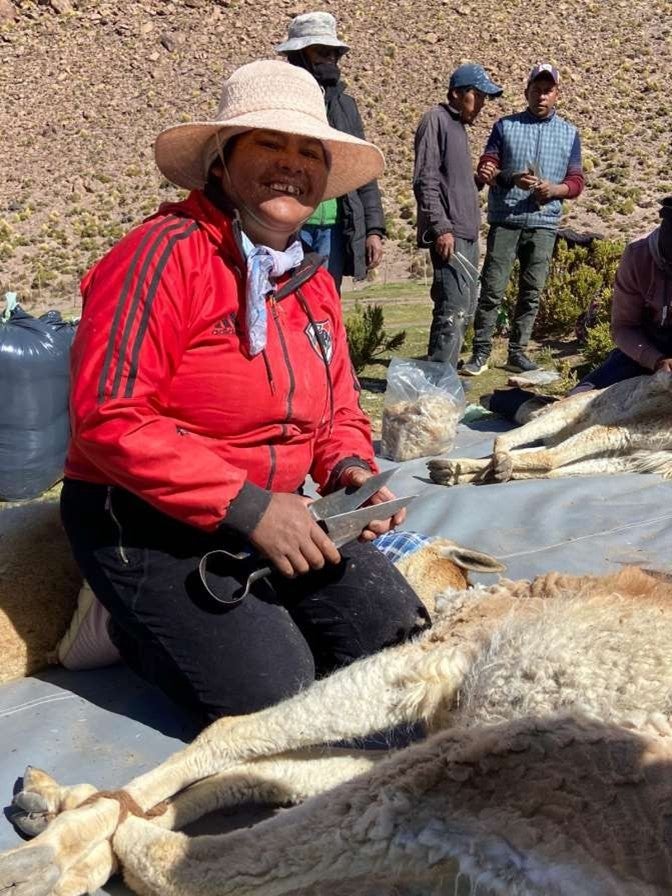
Shearing work is called "chaku." All the necessary tools are prepared in advance, and people are organized into work groups to carry them out. One group works from the corral, capturing the vicuñas individually and taking them to the shearing area. There, another group blindfolds the animal and then cuts its fur. When the vicuña has been sheared, a third group proceeds to free it. The resulting fiber is weighed and recorded, and will later be used to make ponchos, blankets, gloves, and vicuña-gold scarves.
Due to its variety of activities, the entire community participates in the chaku: children, youth, adults, and the elderly. Visitors from nearby areas and even tourists also attend. At the end, a community lunch is held for a regional products fair, where women display garments made from vicuña fiber.
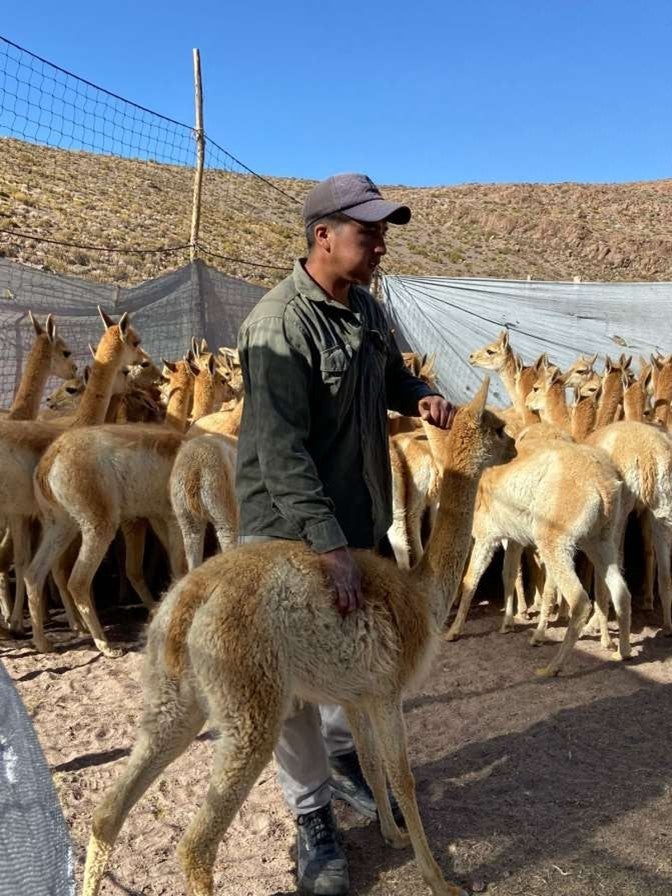
The vicuña is known and valued by the Andean peoples and primarily by the Indigenous peoples of the Catamarcan Puna, where the La Angostura community is located. Since ancient times, the people of the Diaguita Nation have herded and sheared the vicuña during times of the year when the vicuña is not pregnant, to utilize its fiber without endangering its existence. This form of sustainable management opposes the depredation and near-extinction in other regions. This community has increased the species ' population through protection and conservation efforts in conjunction with public agencies.
Chaku represents a significant economic opportunity for the Indigenous community in the Villa Vil district, as it can be an alternative to yielding to mining. These communities are currently facing various operations and tasks carried out by the provincial government to divide and negotiate with its mining policy, which would affect water, biodiversity, agriculture, and the Diaguita Nation's good living practices.
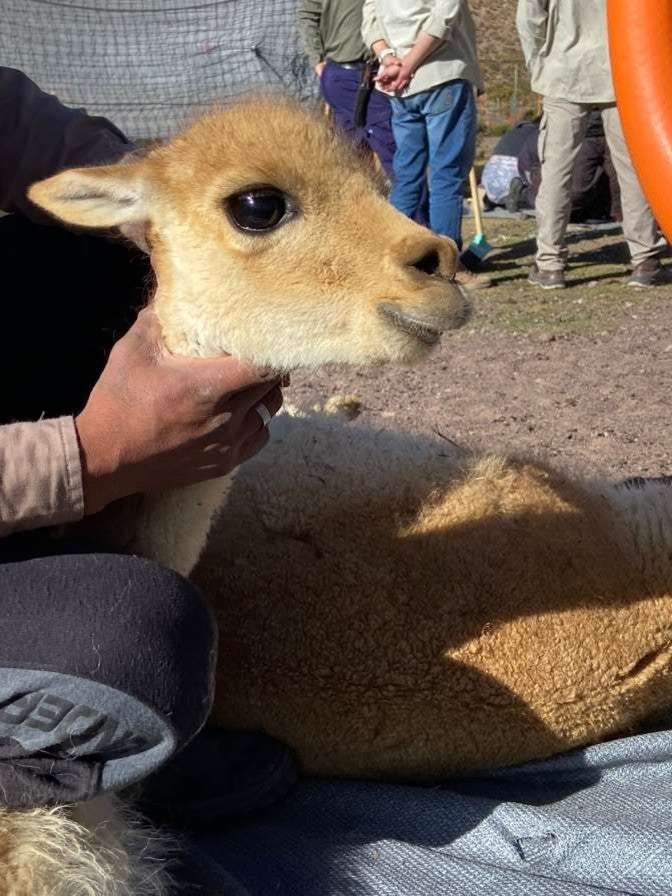
In 2024, the Keepers of the Earth Fund (KOEF) supported a chaku strengthening project in La Angostura. The project incorporated mechanical tools that reduce shearing time and stress on the animal while also producing higher-quality fiber. The aforementioned community carried out the project, with the involvement of other neighboring communities in certain stages.
--
|
|
